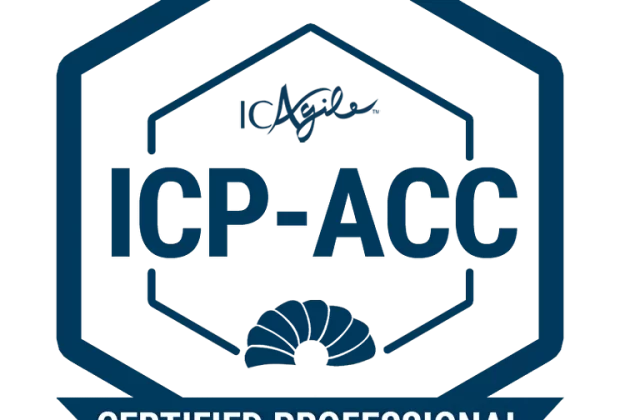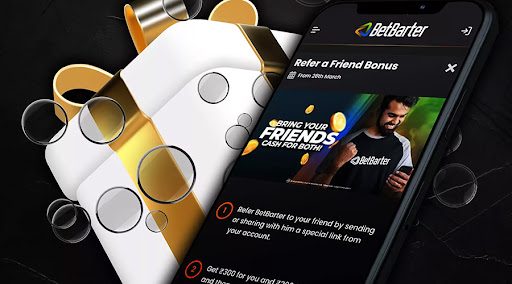Casinos have always had a special place in pop culture, making them much more than just places to gamble. They’ve popped up in movies, music, books, and even fashion, making them a big part of our everyday entertainment and style.
Think about how often you see a flashy casino scene in a movie or hear about casinos in trending songs. This connection is not just about the games. It’s about the whole vibe and lifestyle casinos represent – the glitz, excitement, and thrill that comes with it.
The relationship between the casino industry and pop culture is reciprocal. While pop culture significantly influences the perception and allure of casinos, the casino industry also impacts various aspects of popular media. Ready to explore this dynamic intersection? Let’s dive in!
Impact of Films and Television on Gambling
Your favorite blockbuster might’ve featured a high-stakes poker game, or perhaps a TV series you follow regularly integrates casino competitions into its storyline. These depictions don’t just add to the drama and excitement of the screen; they also play a critical role in shaping the public’s perception of casinos and gambling.
Films and TV shows often portray casinos as glamorous and thrilling places. They showcase the ringing slot machines, the tension at the poker tables, the flashy lights, and the big wins. They also often depict characters employing strategies that professional gamblers use, providing viewers like you with a glimpse into the world of high-stakes gambling.
This portrayal enhances the credibility of the casino industry, making it more appealing to potential players. It’s no surprise, then, that many game providers take inspiration from popular films and TV shows, creating gambling activities based on their plots and characters. This further attracts fans who are eager to try out games themed around their favorite films or series.
However, the influence goes both ways. The casino industry often provides rich material for movies, songs, and books. For example, the themes of luck, risk, and glamour inherent in the casino world make for compelling narratives and characters.
This symbiotic relationship between the two industries continues to thrive. As a result, it shapes how you, as a viewer and potentially a player, engage with both.
The Intersection of Music and Casinos
You might not realise it, but the music you hear in casinos isn’t chosen randomly – it plays a vital role in shaping the gambling experience. It’s all part of the ambiance, subtly influencing the players’ mood, behavior, and even betting habits.
Casino operators carefully select the music that floods their premises, aiming to create a specific atmosphere that encourages players to stay longer and gamble more. Whether it’s the lively beats that keep the adrenaline pumping at the slot machines or the soothing jazz tunes that accompany players at the card tables, music is an integral part of the casino experience.
Consider the following points:
- Casinos often opt for upbeat, high-tempo music during peak hours. This fast-paced music helps keep the energy levels high and stimulates players to make quicker decisions, often leading to increased bet placements.
- During slower periods, casinos might switch to more relaxing music. This change in tempo creates a laid-back atmosphere, encouraging players to extend their stay and continue gambling at a leisurely pace.
- Live music performances are also common in many casinos. Not only do they entertain, but they also contribute to a vibrant and exciting atmosphere that makes the overall gambling experience more enjoyable.
From classic Elvis Presley tunes to the latest pop hits, the music echoing through a casino is a reflection of popular tastes, further enhancing the connection between casinos and pop culture.
But the opposite is also true. The casino industry collaborates with celebrities, artists, and musicians. These partnerships can influence the content and direction of the celebrities’ work, with casino themes or references appearing in their music, performances, or personal branding.
Fashion Influence in the Casino Industry
Imagine yourself stepping into a glamorous casino. What’re you wearing? Chances are, you’ve envisioned a sleek, stylish outfit that matches the upscale decor. That’s no coincidence. Fashion plays a significant role in the casino industry, with the two industries influencing one another.
High-end casinos typically enforce dress codes to maintain a certain ambiance. You’ll find patrons in tuxedos, cocktail dresses, or other formal attire, all of which aren’t random. They create an elegant atmosphere that reflects the allure of the gambling world. It’s part of what makes a casino experience feel special and unique.
But it’s not just about maintaining an image. Casinos can also influence fashion trends. Designers often draw inspiration from the glitz and glamour associated with the gambling world. Think of iconic films like ‘Casino Royale,’ where James Bond’s tuxedo and Vesper Lynd’s evening gowns set fashion trends off-screen.
Furthermore, some casinos have specific themes that influence the fashion choices of their visitors. From vintage 1920s-inspired outfits in a Gatsby-themed casino to the glammed-up cowboy boots in a western-themed one, casinos often encourage their guests to dress the part.
Moreover, casinos’ styles, music, and atmosphere often mirror and influence broader trends. For example, the luxurious design of high-end casinos has inspired certain trends in interior design and fashion.
So next time you head to a casino, remember, it’s not just about the games. It’s also about style.
Pop Culture-Themed Casino Games
Casinos often embrace popular culture themes to create exciting and captivating games. This blend of pop culture and gaming has led to an array of innovative and themed games that appeal to a wide audience. From slot machines inspired by blockbuster movies to table games based on music legends, the casino industry today is flooded with pop culture references.
When it comes to slot machines, you’ll see games inspired by popular franchises such as ‘Game of Thrones,’ ‘Star Wars,’ and the Marvel Universe. These games instantly connect you to the storyline, making the gaming experience more engaging. Music legends like Michael Jackson have also made their way onto the casino floor, providing the perfect soundtracks.
With online casinos, the integration of pop culture themes into gaming has reached new heights. Software providers often incorporate elements from popular films, TV series, or music, creating a unique experience that traditional casinos cannot replicate.
This whole idea of mixing pop culture with casino games is a smart way for casinos to spice things up and bring in new players who might not have thought about trying out a casino game before. It’s not just about winning or losing money; it’s about having fun with the stuff you already love. What other strategies do casinos use to draw you in and keep you engaged?
Advertising Strategies in Casinos
Casino advertising is a complex process, aiming not only to attract new players but also to retain existing ones. These strategies often combine traditional and digital marketing techniques.
For example, online casinos leverage the power of modern technology to reach a broad audience worldwide. Providers use search engine optimisation (SEO) techniques to improve their visibility on search engines, social media marketing to engage with potential players, and email marketing to keep players updated on new games and promotions.
Casinos also use a variety of incentives to attract and retain players, such as the following:
- Welcome bonuses: Usually offered to new players, these bonuses entice people to sign up and make their first deposit. Find out more about online casino bonuses.
- Loyalty programs: These reward long-term players with perks like free games, cash bonuses, and VIP treatments.
- Promotions and tournaments: They provide opportunities for players to win big prizes and heighten the overall excitement of the gaming experience.
Additionally, the use of celebrity endorsements is a popular strategy. When you see your favorite star associated with a casino, it’s likely to pique your interest and lend credibility to the establishment.
Conclusion
So, you’ve seen how deeply intertwined casinos and pop culture are. From the glamour of film and TV, the pulsating rhythms of music, and the high-stakes style of fashion to clever advertising strategies and themed games, casinos have truly harnessed the power of pop culture. And with social media in the mix, this dynamic synergy shows no signs of slowing down.
It’s clear the world of casinos and pop culture will continue to shape each other’s futures. Chances are, we’ll see this relationship grow even stronger, continually redefining the experience of entertainment and gaming in new and exciting ways.
Read Full Article













